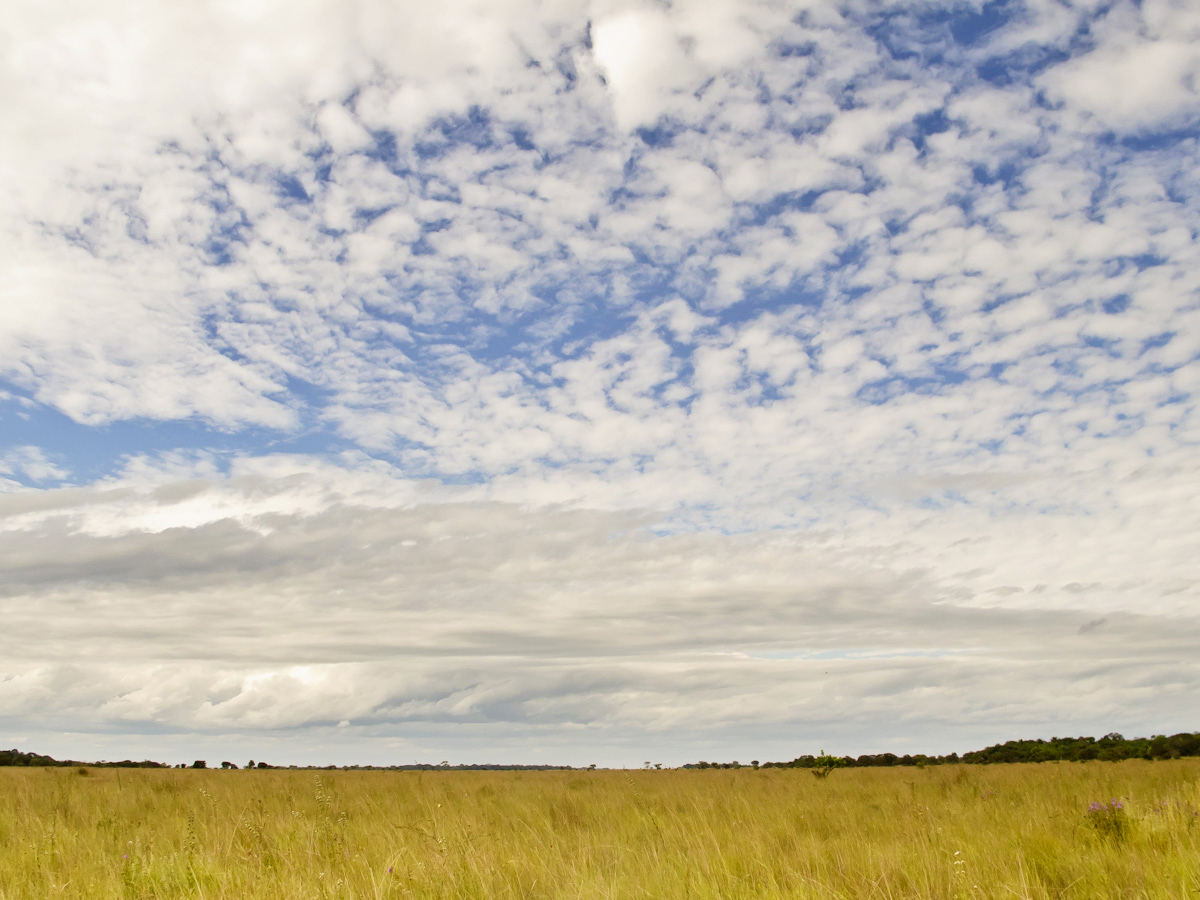For 25 years, we have been focusing our boots-on-the-ground efforts to conserving the most biodiverse area in the world, where the Andes Mountains meet the Amazon Rainforest in Bolivia and Peru. Our bold new strategy increases our impact by ensuring the long-term conservation of 124 million acres (50 million ha) of forests, savannas, wetlands, glaciers, and other irreplaceable habitats in this region.
Larger than the state of California, our area of work contains a set of five interconnected – but extremely unique – landscapes:

At the heart of the southwest Amazon lies the Manu-Madidi Corridor, a chain of diverse protected areas anchored by Manu National Park in Peru and Madidi National Park in Bolivia, embedded within a mosaic of indigenous communities and other protected areas, forestry concessions and private lands.
This 23.5 million-acre stretch of forest traverses a dramatic latitudinal range from the high Andes Mountains to lowland rainforest, creating habitats for a staggering diversity of plant and animal species.
Global climate change only increases the Manu-Madidi corridor’s significance as its mountain slopes offer a safety net for species to migrate and adapt to new habitat ranges as the climate warms.
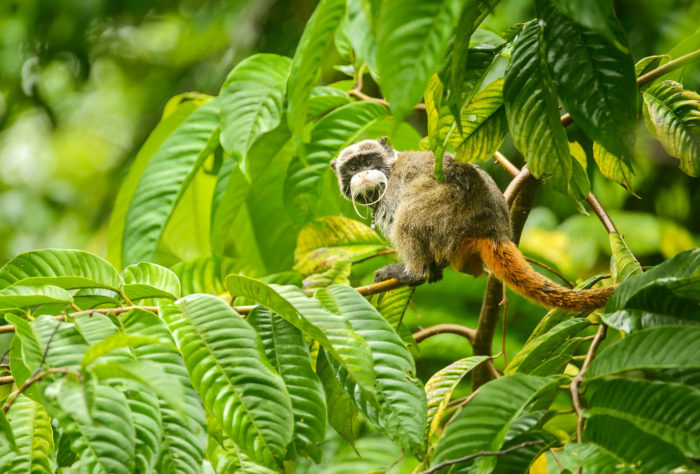
The Peruvian Amazon is home to 15 of the estimated 100 uncontacted indigenous tribes remaining in the world. Uncontacted groups depend on large-scale, intact forests for their very survival.
Peru has recognized the human and territorial rights of uncontacted tribes and in 2016 created a legal framework that designates specific lands as indigenous reserves.
To date, three reserves have been created and an additional seven are slated for declaration; collectively, they will cover almost 17 million acres of pristine tropical rainforest.
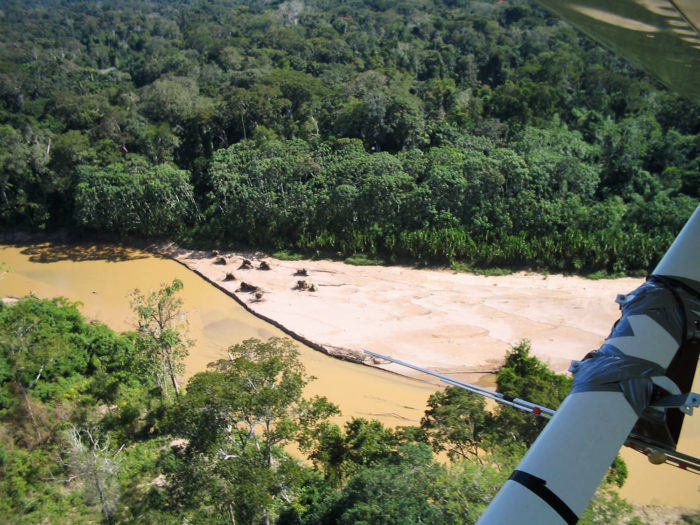
The Amazon’s vast ecosystems are home to millions of people who rely on forest products for food, fiber, and medicine.
Both Bolivia and Peru have well-established legal frameworks for sustainable resource management, and provide local people with land and resource use rights through indigenous territories, timber and Brazil nut concessions, and protected areas.
Local communities are pioneering enterprises that rely on standing forests, such as harvesting Brazil nuts and açaí berries. This landscape generates 80,000 tons of Brazil nuts annually, representing up to 85 percent of global production. Some Bolivian communities derive more than 80 percent of their annual income from collecting Brazil nuts and açaí berries.
Learn more about the challenges and our conservation solutions for Productive Forests >
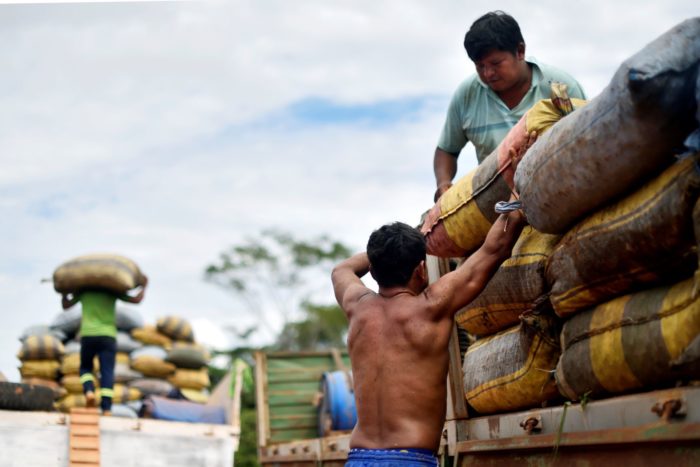
The mighty rivers of the Amazon Basin find their start in the high Andes, whose ice and snow fields, grasslands, mountain springs, and cloud forests channel life-sustaining water to the forests, waterways and people in rural communities and cities below.
Indigenous and traditional rural communities have long coexisted with this landscape which provides them with livelihoods and vital resources.
The governments of Bolivia and Peru recognize the critical importance of this landscape, with an extensive system of protected areas covering 3.2 million acres, including the Machu Picchu Historic Sanctuary.
Learn more about the challenges and our conservation solutions in the Andean Living Waters >
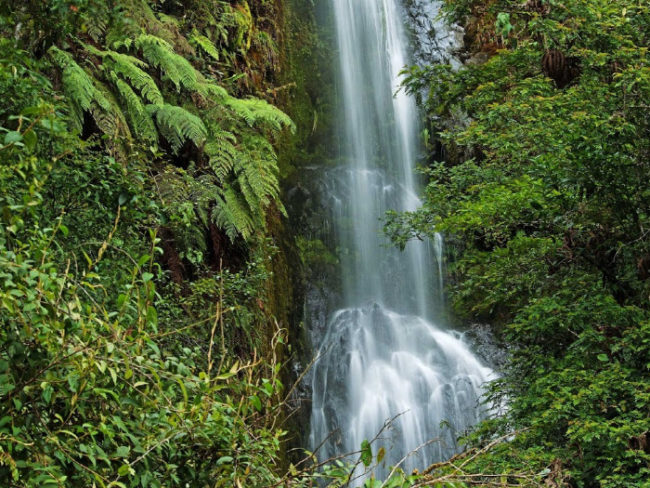
Beni’s vast grasslands landscape of over 29 million acres is a biologically complex mosaic of savanna, lowland wetlands, forest islands, and rivers. Seasonal flooding and fire play a central role in its ecology, and it includes most of the Llanos de Moxos, the world’s largest Ramsar Wetlands complex (a renowned designation for globally important wetlands).
Preserving this iconic landscape is vital for its globally-recognized wildlife, such as the maned wolf and pampas deer, and its rich diversity of aquatic and avian species, including the Bolivian river dolphin and Blue-throated macaw.
The landscape remains economically and culturally important, being home to large-scale cattle ranching as well as the traditional livelihoods of indigenous communities.
Learn more about the challenges and our conservation solutions in the Amazon Savannas >
